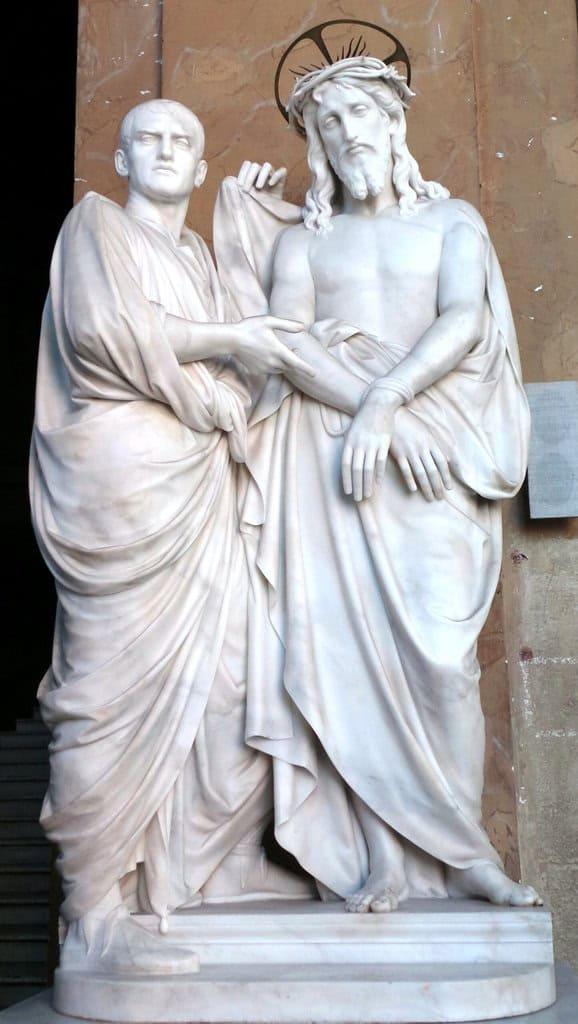Pontius Pilate, Judea’s Roman prefect during the reign of Emperor Tiberius, occupies a unique place in both historical and religious narratives. Pilate is best known for his role in the trial and crucifixion of Jesus, and his name is forever linked to Christianity’s most pivotal event. Beyond the Gospel accounts, however, he is an enigmatic figure. His rule over Judaea was marked by controversy, conflict, and a delicate balancing act between Roman imperial interests and local sensitivities. Below are twenty two fascinating facts about Pontius Pilate, and his complex legacy in history, literature, and theology.
22. The Roman Empire and Judea

To understand Pontius Pilate and his position, it is essential to understand the broader context of Roman imperial administration. After Herod the Great died in 4 BC, his kingdom was divided among his sons. One of them, Archelaus, ruled Judaea but was eventually deposed in 6 AD due to mismanagement. Judaea then became a Roman province, directly ruled by Roman prefects and later procurators from the equestrian class.
As a minor province, Judaea was under the oversight of the larger province of Syria, which was governed by a legate. The prefects of Judaea commanded a relatively small military force, and were responsible for tax collection, the maintenance of law and order, and the administration of justice. Religious tensions, nationalistic movements, and cultural clashes made Judaea a particularly volatile posting.



